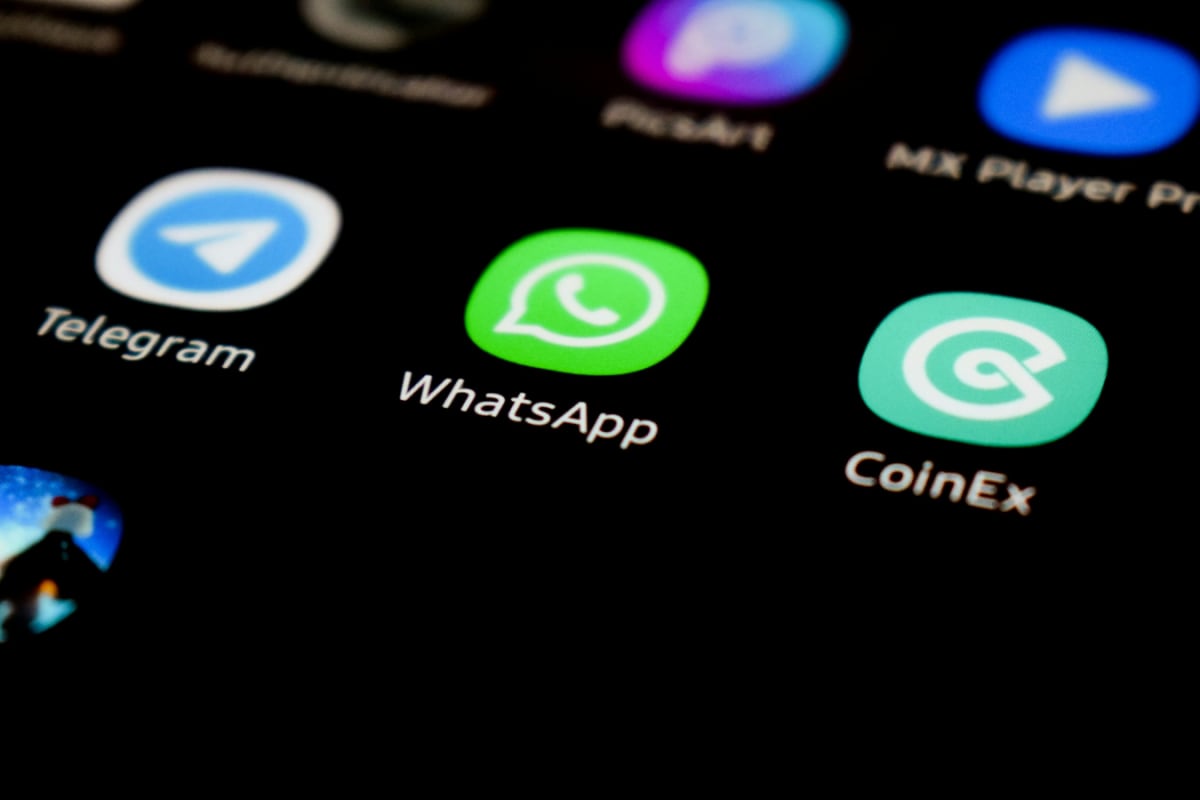Honda Is Shipping A Hydrogen Fuel Cell With Lunar Ambitions To The International Space StationHonda aims to create regenerative fuel cell system to support life in space and on EarthHonda will test its water electrolysis system on the International Space StationNew Space Development Division at American Honda seeks to promote technology development in the U.S. and enhance collaboration with the U.
S. space industryTORRANCE, Calif., April 4, 2025 /PRNewswire/ — Honda R&D Co.

, Ltd. (“Honda”) today announced plans to test its high-differential pressure water electrolysis system at the International Space Station (ISS) in collaboration with leading space and technology companies Sierra Space and Tec-Masters. The project is part of Honda’s vision for a regenerative fuel cell system that could provide advanced energy storage capable of supporting human life on the lunar surface.
Watch a video about the Honda regenerative fuel cell system at https://honda.us/SpaceDevelopment.Regenerative Fuel Cell System for Outer SpaceHonda is leveraging decades of hydrogen fuel cell technology expertise to develop a regenerative fuel cell system, known as a circulative renewable energy system, that will continuously produce oxygen, hydrogen, and electricity.
Honda envisions the circulative renewable energy system to be part of the infrastructure for humanity’s sustained habitation on the Moon – utilizing the available resources of sunlight and water. By enhancing the performance of the circulative renewable energy system, improvements can be made to long-life regenerative fuel cells that can be used as a scalable, clean, and renewable energy source both in space and on Earth. During the Lunar Day, the system will use electricity generated by the sun to power the process.
Honda’s high-differential pressure water electrolysis system will then produce hydrogen and oxygen from water.During the Lunar Night, when the Moon is not receiving sunlight, some of the oxygen will be used for astronauts to breathe. The Honda fuel cell system will use the remaining oxygen, along with the hydrogen produced during the Lunar Day, to generate electricity.
After the fuel cells generate electricity, the only byproduct is water, which is recycled back into the water electrolysis system to create a closed-loop energy cycle. This process is similar to how a home solar system operates on Earth, where daytime solar electricity is harnessed, and excess energy is stored in home energy batteries to provide power throughout the night.International Space Station TestingHonda has developed an advanced water electrolysis system designed to support long-term operations on the Moon by prioritizing efficiency and reliability.
The system’s lightweight and compact design addresses the critical need to reduce transportation costs in lunar development. Additionally, since it doesn’t use mechanical compression, maintenance needs are reduced, enhancing reliability for extended missions. By enabling high-pressure gas storage in smaller containers, the system alsoreduces the need to transport and manage large numbers of tanks.
Honda will test the core part of its high-differential pressure water electrolysis system to verify the efficiency and reliability of the system in the microgravity environment of the ISS. For the ISS testing, Honda is collaborating with Sierra Space, a leading commercial space company at the forefront of innovation and the commercialization of space, and Tec-Masters, a leading provider of innovative scientific and technological solutions. Sierra Space will be the primary space mission integrator, working with NASA to transport materials on Sierra Space’s Dream Chaser® spaceplane, the world’s only commercial spaceplane.
Tec-Masters will be the ISS technology expert.New U.S.
Honda Space Development DivisionIn late 2024, Honda established the Space Development Division at American Honda to promote technology development in the U.S. and enhance collaboration with the U.
S. space industry. The U.
S. and Japan teams work closely to leverage Honda core technologies and apply them to the expansion of human activities and development on the Lunar surface. These space development initiatives demonstrate the commitment by Honda to fostering a sustainable future through pioneering technology and collaboration.
Honda in AmericaHonda started operations in the United States with American Honda Motor Co., Inc. in 1959.
Today, Honda employs over 30,000 associates in America engaged in the development, manufacturing, sales and service support of Honda and Acura automobiles, Honda power equipment, Honda powersports and marine products, and the HondaJet advanced light jet.Based on its longstanding commitment to build products close to the customer, Honda operates 12 major U.S.
manufacturing facilities, working with 620 U.S. suppliers to produce a diverse range of Honda products using domestic and globally sourced parts.
Honda has built automobiles in America for over 40 years, and in 2024, nearly 64% of all Honda and Acura automobiles sold in the U.S. were produced in America.
Honda also conducts research and development activities at 23 facilities in America where we fully design, develop and engineer many of the products the company manufactures in America.READ the latest news shaping the hydrogen market at Hydrogen CentralHonda Is Shipping A Hydrogen Fuel Cell With Lunar Ambitions To The International Space Station, sourceThe post Honda Is Shipping A Hydrogen Fuel Cell With Lunar Ambitions To The International Space Station appeared first on Hydrogen Central..
Technology

Honda Is Shipping A Hydrogen Fuel Cell With Lunar Ambitions To The International Space Station

Honda Is Shipping A Hydrogen Fuel Cell With Lunar Ambitions To The International Space Station TORRANCE, Calif., April 4, 2025 /PRNewswire/ — Honda R&D Co., Ltd. (“Honda”) today announced plans [...]The post Honda Is Shipping A Hydrogen Fuel Cell With Lunar Ambitions To The International Space Station appeared first on Hydrogen Central.















